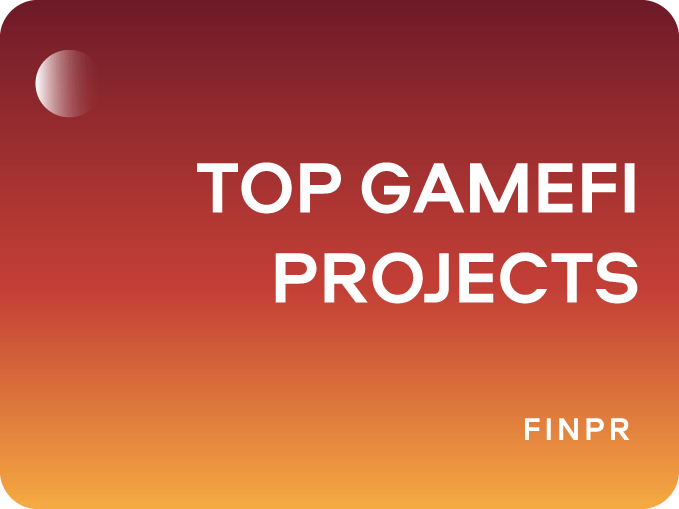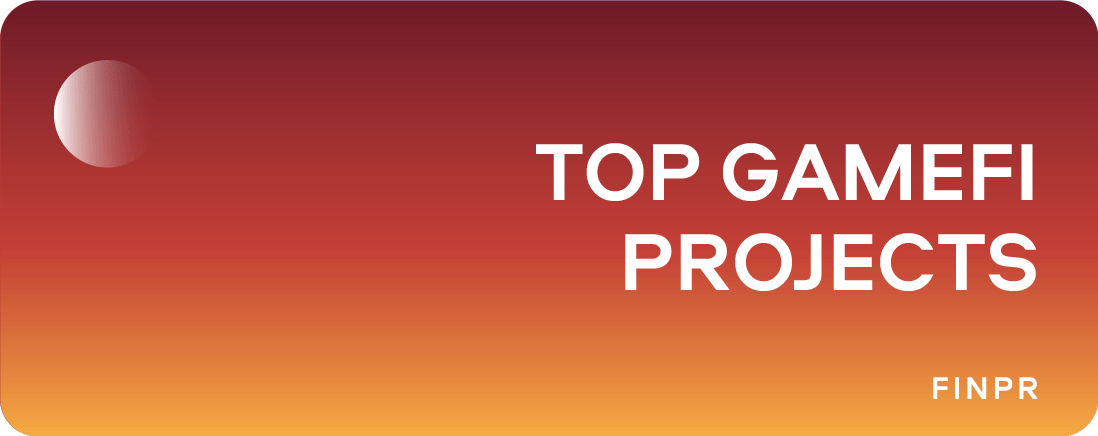
The emergence of GameFi marks a significant shift in the gaming industry and the broader digital economy. Traditionally, gaming has been a leisure activity, with players spending time and money without any tangible returns. GameFi, however, flips this narrative by offering players the opportunity to earn real-world value through their gaming activities. This play-to-earn model is not only transforming the way games are played but also how they are perceived by the global community.
GameFi projects are creating new revenue streams and business models for game developers, investors, and players alike. The integration of NFTs in GameFi further enhances the value proposition, allowing players to own unique digital assets that can appreciate over time, similar to traditional investments.
Let’s know more about GameFi projects that represent the future of gaming and finance, where the boundaries between virtual and real-world economies are increasingly blurred.
Importance of GameFi in the Modern Digital Economy
GameFi, a blend of "gaming" and "finance," represents the fusion of blockchain technology with the gaming industry. This innovative concept introduces decentralized finance (DeFi) elements into games, allowing players to earn real-world value through in-game activities. Unlike traditional games where in-game assets and currencies hold value only within the confines of the game, GameFi enables players to own, trade, and monetize their assets in the broader cryptocurrency market. The origins of GameFi can be traced back to the rise of blockchain technology and the growing popularity of non-fungible tokens (NFTs), which have revolutionized the way digital assets are owned and traded.
The GameFi ecosystem is built on the principles of decentralization, transparency, and player empowerment. By integrating blockchain technology, GameFi projects ensure that players have true ownership of their in-game assets, which can be bought, sold, or traded across various platforms. This convergence of gaming and decentralized finance has given rise to a new economic model, where players can earn a living or generate significant income by simply playing games. As a result, GameFi is rapidly gaining traction as a disruptive force in both the gaming and financial sectors, attracting millions of players and investors worldwide.
8 Best GameFi Projects to Watch
1. Axie Infinity
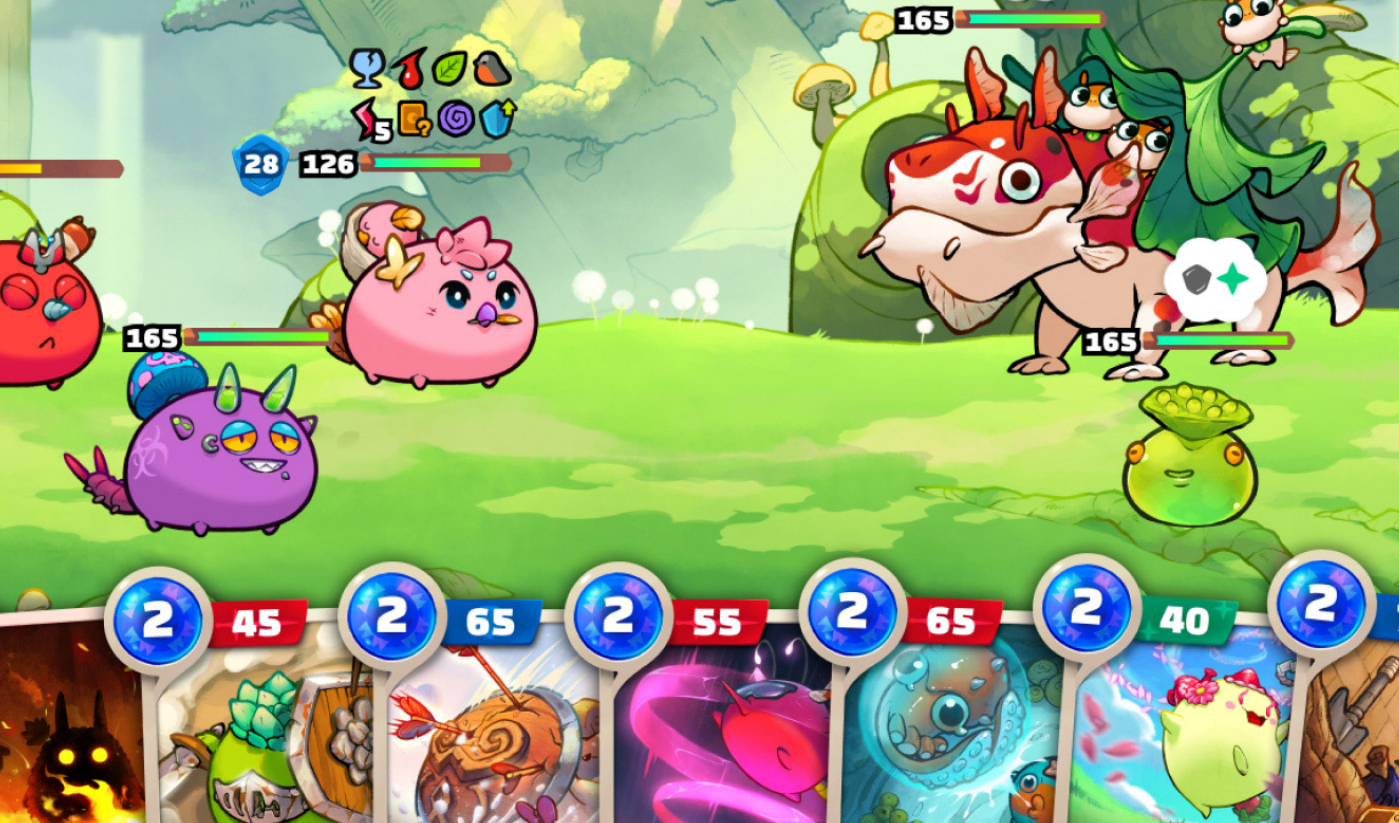
Axie Infinity, developed by Sky Mavis, continues to dominate the GameFi scene in 2025. This pioneering play-to-earn (P2E) game allows players to collect, breed, and battle fantasy creatures called Axies, each represented as a unique NFT on the Ethereum blockchain. The game operates on its own Ronin sidechain to minimize transaction fees and delays, which has significantly contributed to its success.
In Axie Infinity, players earn two main types of tokens: Smooth Love Potion (SLP), used for breeding Axies, and Axie Infinity Shards (AXS), the governance token. AXS holders can participate in the game’s decision-making process, adding a layer of community governance to the platform. The game’s marketplace allows players to trade Axies and virtual land plots, with some items fetching extraordinary prices, making it a lucrative platform for skilled players.
Despite facing challenges, such as the high initial cost to start playing, Axie Infinity maintains a strong player base and continues to innovate. The introduction of Axie experience points (AXP) and new gameplay mechanics in 2025 aims to enhance the game's economic balance and player engagement.
Key features of the project:
- Unique NFTs representing Axies and land plots
- Dual-token system: SLP and AXS
- Ronin sidechain for reduced fees and faster transactions
- Active community governance through AXS
2. The Sandbox

The Sandbox is another standout in the GameFi space, focusing on user-generated content within a vast virtual metaverse. Launched by Pixowl and supported by Animoca Brands, The Sandbox allows players to create, build, and monetize their gaming experiences using the SAND token, an ERC-20 utility token on the Ethereum blockchain.
The platform offers a suite of tools, including VoxEdit for asset creation and Game Maker for developing games without coding. Users can buy and sell virtual real estate (LAND) and other assets within The Sandbox’s marketplace, creating a dynamic economy driven by player creativity. The platform has attracted significant partnerships, boasting collaborations with over 800 brands, including major names like Atari, which further enhances its appeal.
The Sandbox has seen impressive growth, with over 5 million user wallets and increasing daily engagement, making it a central hub for creators and gamers alike in the metaverse. Its focus on interoperability and user empowerment continues to set it apart as a leading GameFi project.
Key features of the project:
- User-generated content and creation tools (VoxEdit, Game Maker)
- SAND token economy and LAND marketplace
- Extensive partnerships with global brands
- Expanding metaverse with millions of active users
3. Illuvium
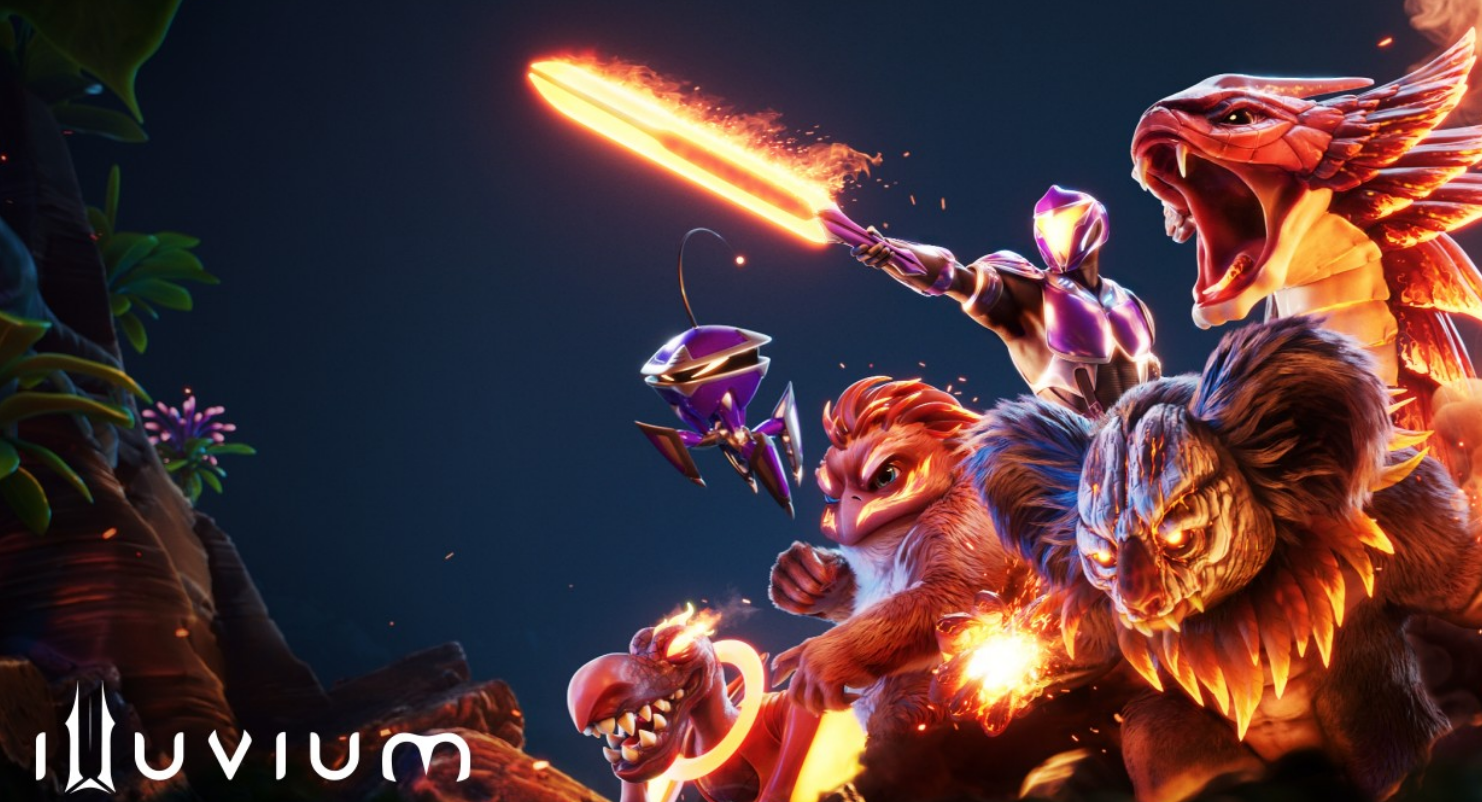
Illuvium is an ambitious RPG (Role-Playing Game) that has quickly gained attention for its innovative blend of open-world exploration and NFT collection. Set in a fantastical digital world, players capture, battle, and trade deity-like creatures known as Illuvials. These creatures are represented as NFTs and vary in class and affinity, each with unique abilities that contribute to strategic gameplay.
What sets Illuvium apart is its decentralized governance through the Illuvium DAO, where players holding ILV tokens can influence game development decisions. The project also benefits from Layer-2 scaling provided by Immutable X, ensuring fast transactions with zero gas fees, which is crucial for maintaining a seamless gaming experience on the Ethereum network.
Illuvium’s marketplace, IlluviDEX, allows players to trade NFTs and other in-game assets without incurring transaction fees, enhancing the economic potential for players. The game's 2025 roadmap includes exciting developments, such as the launch of the Open Beta Testnet, positioning Illuvium as a frontrunner in the GameFi industry.
Key features of the project:
- Unique NFT creatures (Illuvials) with strategic gameplay
- ILV governance token and decentralized decision-making (DAO)
- Zero gas fees on Immutable X for fast transactions
- Diverse gaming experiences within the Illuvium universe
4. Star Atlas
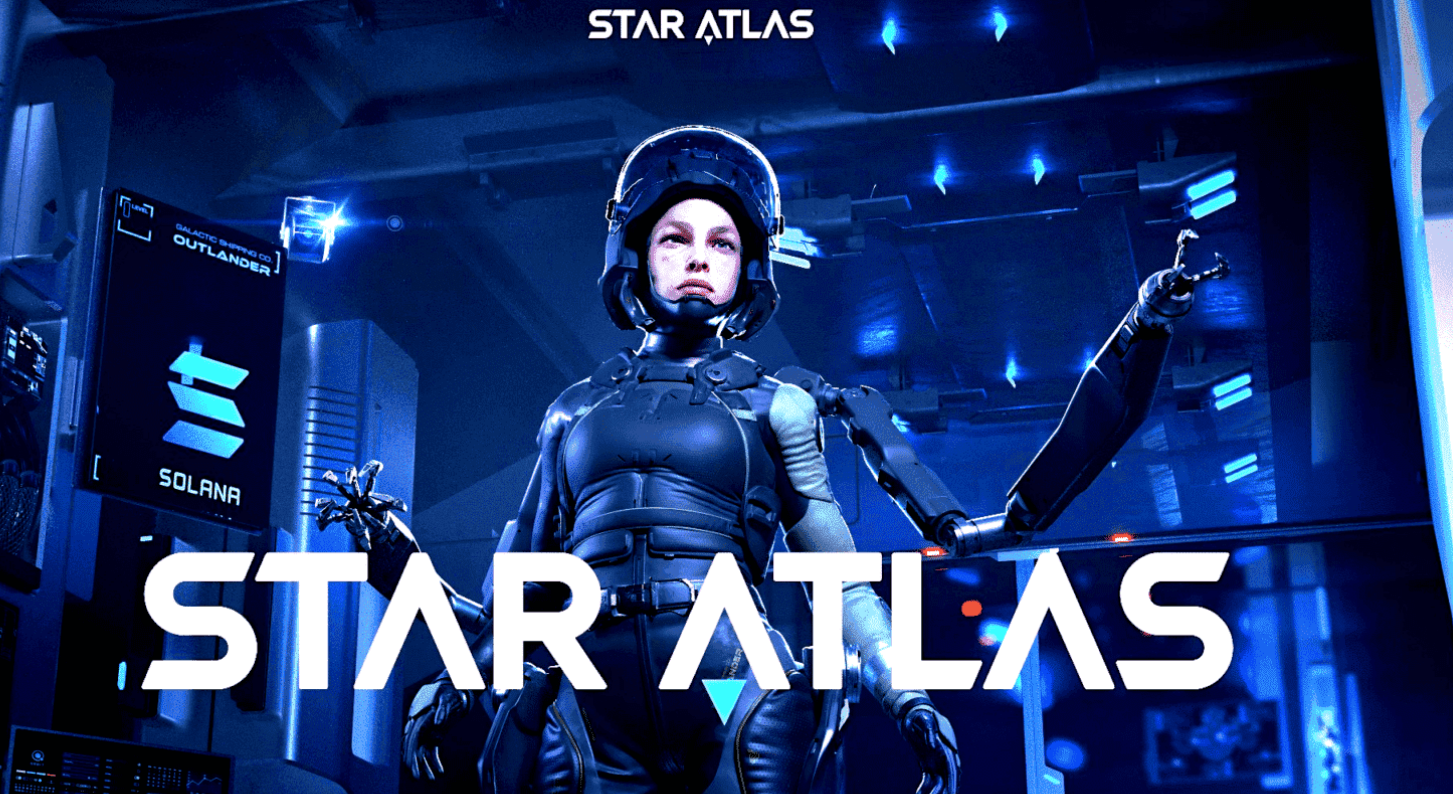
Star Atlas is an immersive space exploration-themed GameFi project built on the Solana blockchain. It offers a rich role-playing game (RPG) experience where players navigate a futuristic universe, engage in political factions, and compete for territorial dominance. The game’s economy is centered around the ATLAS token, which players earn through exploration, combat, and resource gathering.
Players can acquire various NFTs, including spacecraft, land holdings, and advanced weaponry, all of which play critical roles in their strategic endeavors. Star Atlas’s deep integration of blockchain technology with gameplay mechanics creates a compelling environment where economic management and strategic planning are essential for success.
The game’s development and its use of the Solana network, known for its high throughput and low fees, have positioned Star Atlas as a key player in the GameFi sector. Its focus on creating a realistic and economically complex metaverse has attracted a dedicated community of players and investors.
Key features of the project:
- Space exploration RPG with deep strategic elements
- ATLAS token economy for in-game transactions
- High-quality NFTs representing assets like spacecraft and land
- Built on Solana for high performance and low fees
5. Splinterlands
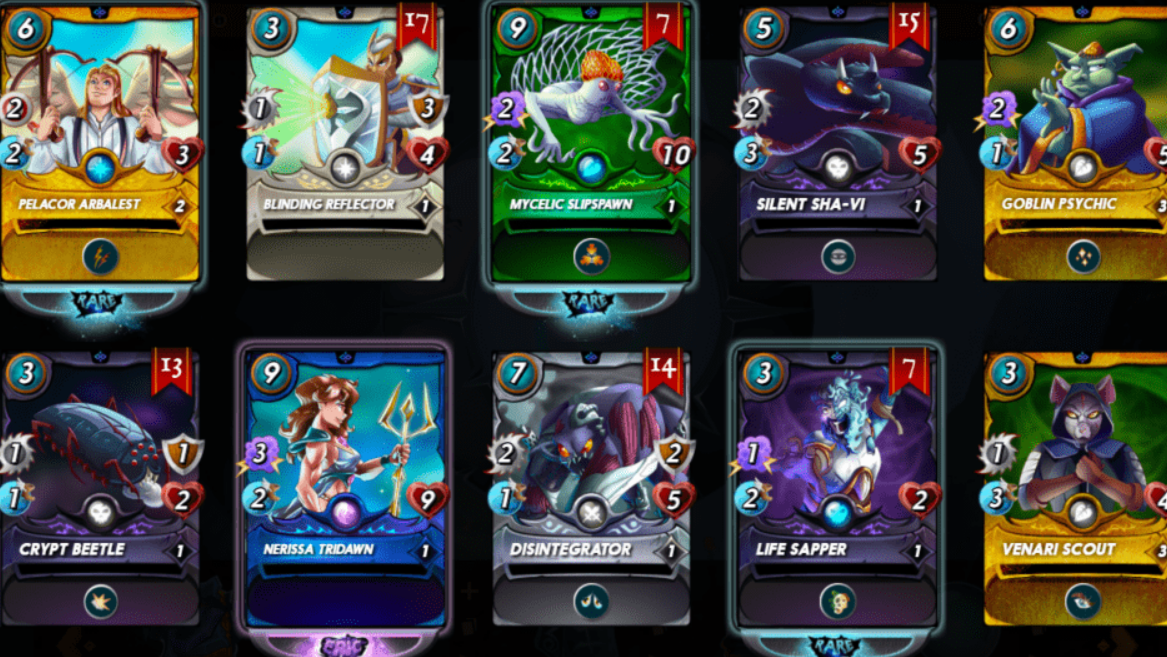
Splinterlands is a blockchain-based trading card game that has evolved into a comprehensive GameFi ecosystem. Players collect, trade, and battle using digital cards, each represented as an NFT on the Hive blockchain. The game’s economy revolves around Dark Energy Crystals (DEC) and SplinterShards (SPS), which players can earn through gameplay and stake to enhance their in-game assets.
In 2024, Splinterlands introduced land gameplay, adding a new layer of strategy and economic complexity to the game. Players must stake DEC to upgrade their land and maximize their SPS earnings. The game's focus on token utility and player-driven economies has made it a favorite among GameFi enthusiasts.
Splinterlands continues to grow in popularity, attracting a diverse player base and maintaining its status as one of the most successful blockchain card games. Its commitment to expanding the game's ecosystem with new features and token sinks ensures that it remains a vibrant and engaging platform for players.
Key features of the project:
- NFT trading cards with strategic gameplay
- Dual-token economy: DEC and SPS
- Land gameplay with staking mechanics
- Expanding ecosystem with ongoing developments
6. Gala Games
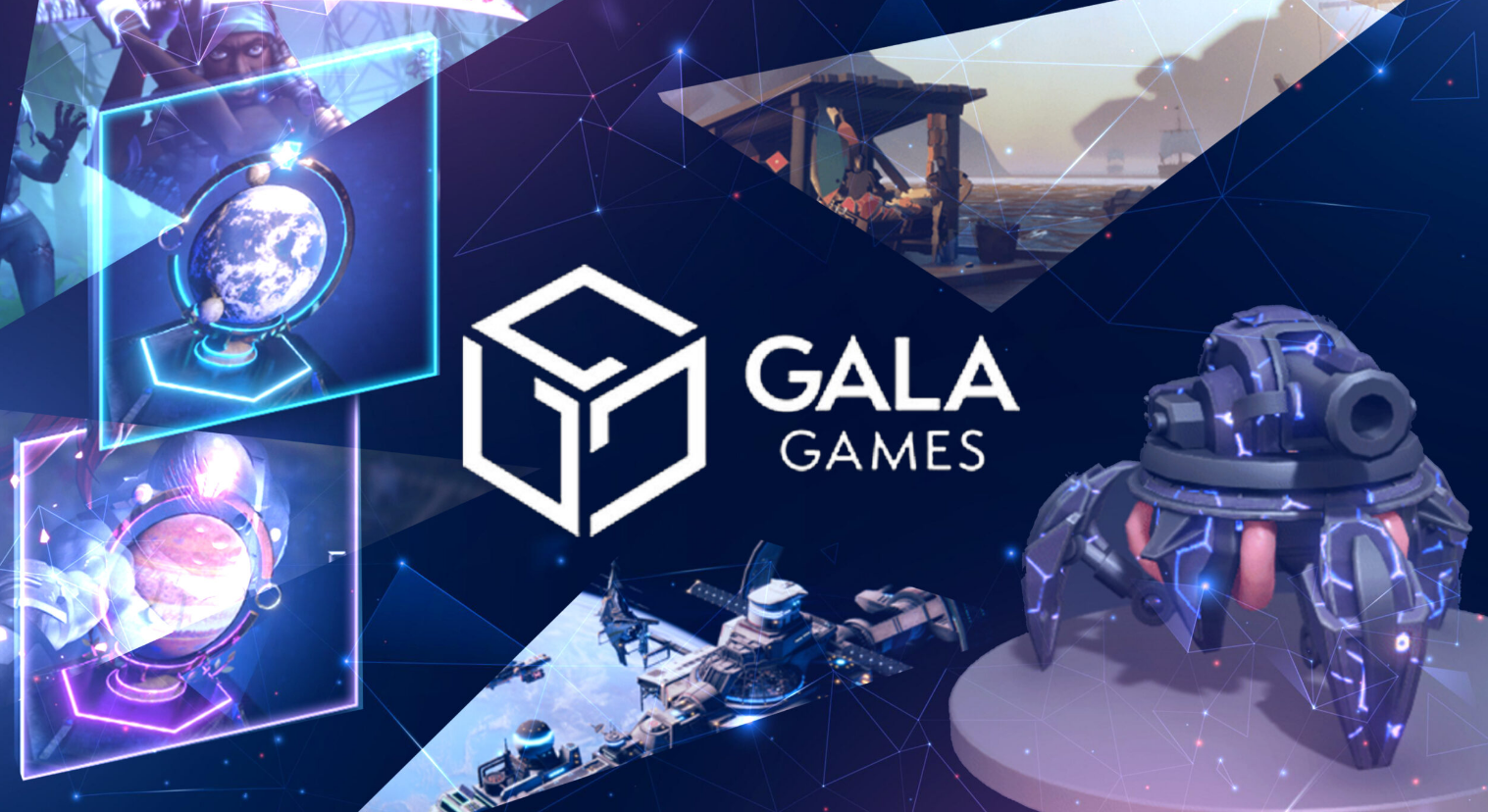
Gala Games is a prominent player in the GameFi industry, offering a decentralized gaming platform that empowers players by giving them control over in-game assets and decisions. Founded in 2019 by Eric Schiermeyer, Wright Thurston, and Michael McCarthy, the platform's mission is to create "blockchain games you’ll actually want to play." Unlike traditional games where developers retain control, Gala Games integrates play-to-earn mechanics and NFTs, allowing players to own, trade, and monetize their in-game achievements.
The Gala Games ecosystem is supported by a network of player-owned nodes, ensuring decentralization and security. This structure allows users to influence the direction of game development, creating a more community-driven gaming environment. The platform has a growing portfolio of games, including Town Star, Mirandus, and Spider Tanks, each offering unique gameplay experiences while utilizing blockchain technology to enhance player engagement and ownership.
With a robust community and strategic partnerships with industry giants like Flare and Polygon, Gala Games continues to push the boundaries of what is possible in blockchain gaming. The platform’s native token, GALA, plays a central role in transactions, governance, and rewards within the ecosystem, making it a critical component of Gala Games' success.
Key features of the project:
- Decentralized, player-driven game development
- Ownership of in-game assets through NFTs
- Growing portfolio of diverse blockchain-based games
- GALA token for transactions and governance
7. Heroes of Mavia
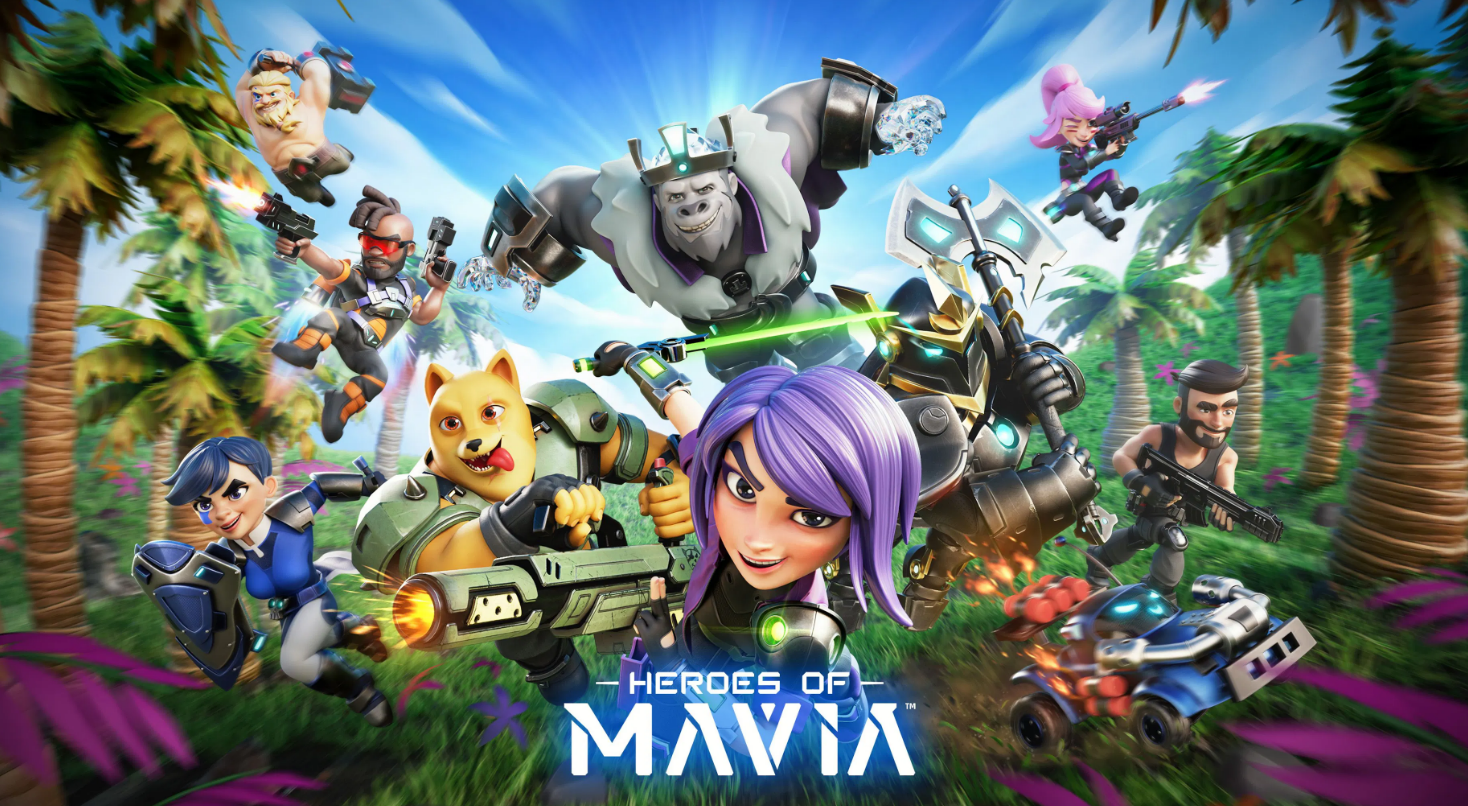
Heroes of Mavia is a strategy-based GameFi project hosted on the Ronin blockchain, known for its engaging gameplay and complex in-game economy. Players in Heroes of Mavia take on the role of commanders, building armies, developing land, and engaging in battles against other players to expand their empires. The game utilizes a unique multi-currency system involving MAVIA (the governance token), RUBY (earned through gameplay), and SAPPHIRE (a premium currency for in-game purchases).
The game has quickly gained popularity, with over 2.6 million active users as of March 2024. This growth is partly due to its rich gameplay mechanics and the strategic use of NFTs, including land, heroes, and statues, which provide various in-game advantages. Landowners, for example, enjoy benefits such as early access to updates and the ability to stake their land for rewards, adding a layer of economic strategy to the game.
Heroes of Mavia also stands out for its community-driven approach, allowing players to participate in governance through the MAVIA token. This ensures that the community has a say in the future direction of the game, aligning the project's development with the interests of its players.
Key features of the project:
- Multi-currency system with governance and premium tokens
- Strategic use of NFTs for gameplay enhancement
- Large, active user base and community-driven governance
- Hosted on the Ronin blockchain for efficient transactions
8. Mythical Games
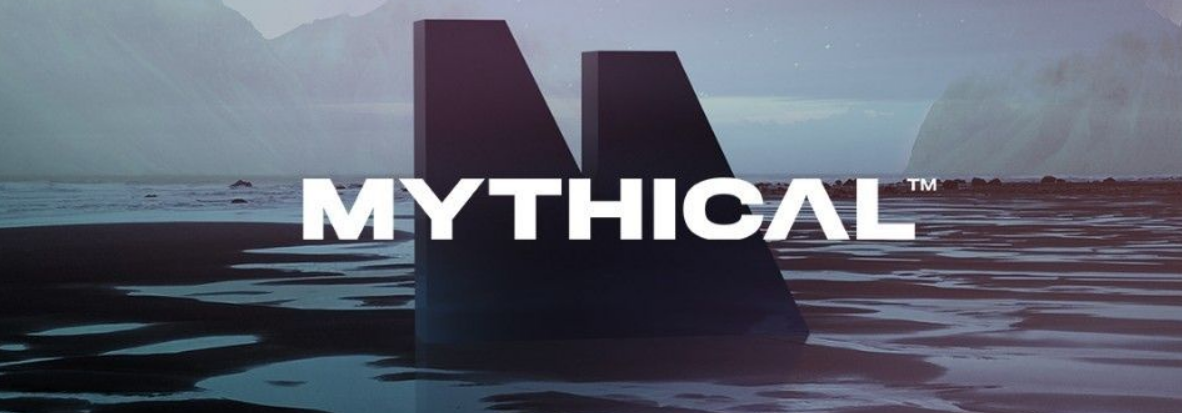
Mythical Games is a leading Web3 game development studio known for integrating blockchain technology into mainstream gaming experiences. The studio has made significant strides with its flagship games Blankos Block Party and NFL Clash, both of which incorporate play-to-earn economies. Players can earn MYTH tokens, the platform's utility token, which grants access to games and other platform features.
Mythical Games has established itself as a significant player in the industry through strategic partnerships with major companies like Ubisoft and the NFL. These collaborations have helped the studio attract a broad audience, with NFL Rivals alone surpassing one million downloads within just two months of its release. Backed by substantial funding, Mythical Games is well-positioned to continue its growth and influence in the Web3 gaming space.
The studio's approach focuses on creating interactive and financially rewarding gaming experiences, which appeal to both traditional gamers and blockchain enthusiasts. With ongoing development and a strong pipeline of new games, Mythical Games is set to remain a key player in the evolution of GameFi.
Key features of the project:
- Integration of play-to-earn mechanics in popular games
- MYTH utility token for accessing games and features
- Strategic partnerships with industry giants like Ubisoft and the NFL
- Significant backing from investors, ensuring continued growth
How We Judge GameFi Projects
Emerging Trends in GameFi
As the GameFi sector continues to evolve, several emerging trends are shaping the landscape of blockchain gaming and DeFi in 2025. These trends not only highlight the innovations in the field but also underscore the challenges and opportunities that lie ahead for players, developers, and investors.
1. The Rise of Interoperability and Cross-Platform Integration
One of the most significant trends in 2025 is the push towards greater interoperability within the GameFi ecosystem. This trend is driven by the demand for seamless integration across various gaming platforms and blockchain networks. Players are increasingly looking for the ability to use their NFTs and other digital assets across different games, enhancing the utility and value of these assets. Interoperability allows for more dynamic and interconnected virtual worlds, where assets and characters can move freely between different ecosystems, fostering a more cohesive gaming experience.
Moreover, blockchain networks like Polkadot and Cosmos are leading the charge in enabling these cross-platform capabilities, allowing different blockchains to communicate and share data more effectively.
2. Expansion of the Metaverse
The concept of the metaverse has gained significant momentum, with GameFi projects at the forefront of this expansion. In 2025, we see an increasing number of GameFi platforms integrating metaverse elements, allowing players to engage in immersive virtual worlds where they can socialize, trade, and participate in decentralized economies.
These metaverse environments often feature interoperable assets, enhancing the player experience by enabling the use of NFTs across multiple games and platforms. The growth of the metaverse is also attracting significant investment from both the crypto and traditional tech sectors, signaling its importance in the future of digital interaction.
3. Integration of DeFi in Gaming
The integration of DeFi protocols into GameFi platforms is another transformative trend in 2025. This fusion creates sophisticated economic models within games, where players can stake assets, participate in liquidity pools, and earn yields directly through gameplay. The synergy between play-to-earn models and DeFi not only enhances the economic sustainability of GameFi projects but also provides players with new avenues for financial participation and reward.
Additionally, the introduction of decentralized exchanges (DEXs) within games allows for seamless trading of in-game assets and NFTs, empowering players with direct control over their virtual economies.
4. Environmental Sustainability Initiatives
With growing concerns about the environmental impact of blockchain technology, GameFi projects are increasingly adopting sustainable practices. In 2025, there is a noticeable shift towards green blockchain solutions, such as the adoption of Proof-of-Stake (PoS) consensus mechanisms, which are less energy-intensive than traditional Proof-of-Work (PoW) systems.
Some games are also incorporating carbon offset initiatives, allowing players to contribute to sustainability projects within the game environment. This trend reflects a broader commitment to making blockchain gaming more eco-friendly and responsible.
5. Emergence of New Revenue Models
While the play-to-earn (P2E) model has been a cornerstone of GameFi, 2025 sees the emergence of alternative revenue models that aim to address some of the challenges associated with P2E, such as sustainability and income inequality among players. New models, such as "play-and-own," focus on the intrinsic value of in-game assets rather than direct monetary rewards. These models encourage longer-term engagement by emphasizing ownership and utility within the game.
Additionally, "stake-to-play" models, where players stake tokens or NFTs to access certain features, are gaining traction as they provide a stable revenue stream for developers and a more balanced economic ecosystem.
Summing Up
GameFi represents a fundamental shift in how games are played, developed, and monetized. The integration of blockchain technology with gaming is opening up unprecedented opportunities for players, developers, and investors alike. To successfully promote these top projects, effective GameFi marketing strategies are essential to reach and engage a broader audience in the rapidly growing blockchain gaming ecosystem.
As the sector continues to mature, GameFi will likely remain at the forefront of innovation, driving the convergence of gaming and finance in ways that were previously unimaginable. The journey ahead is filled with potential, and those who engage with GameFi today are participating in the shaping of a new digital frontier.


